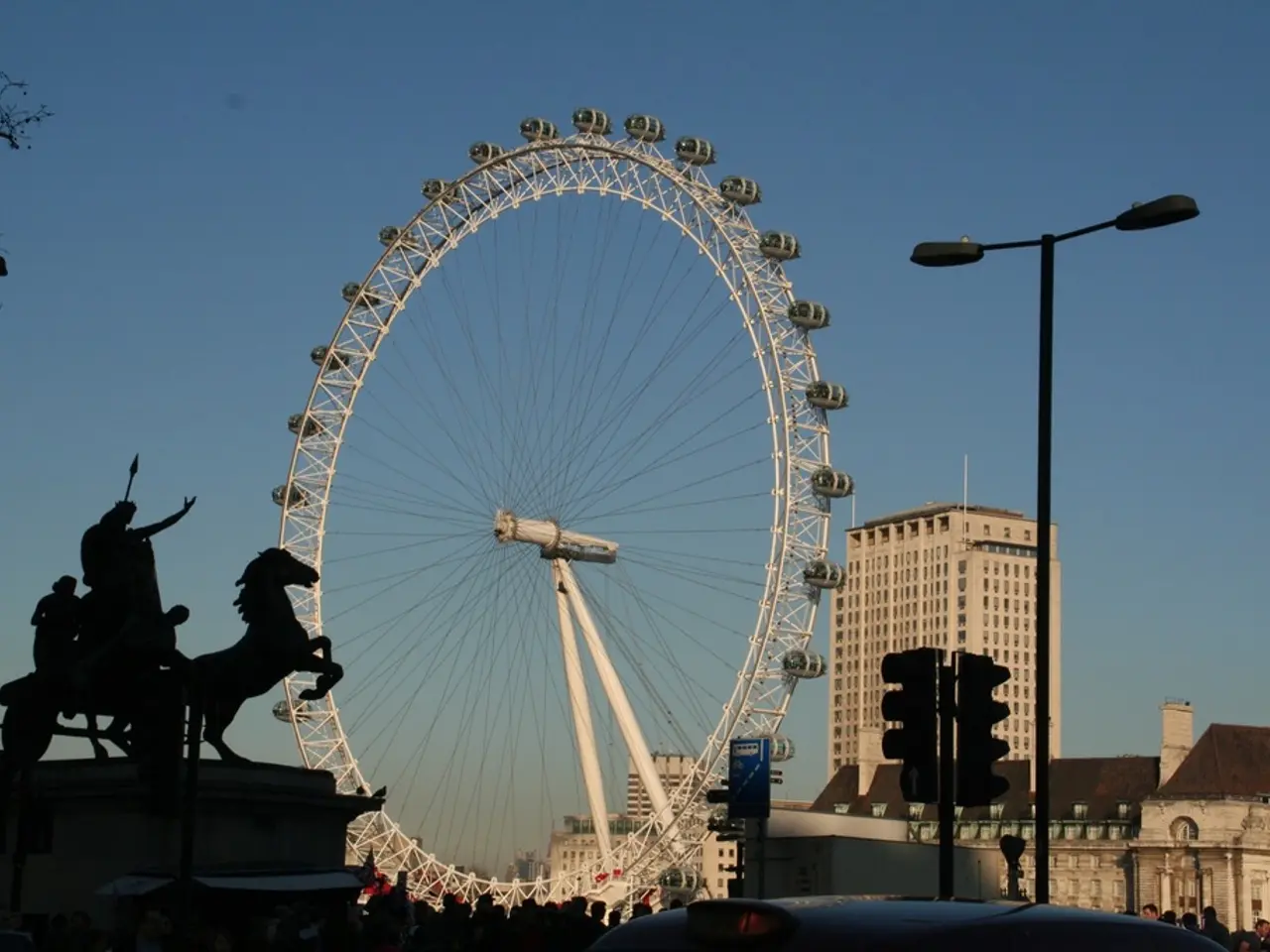Unraveling the Mystery at Mainz Schillerplatz: A Discussion on the Alteration of "Freedom"
In the heart of Mainz, Germany, once stood a significant public artwork known as "Die Freiheit". This approximately four-meter high granite female figure, modelled after the Germania as seen on the Niederwald Monument, was inaugurated in July 1930 during the great Rhineland Liberation Festival on the Schillerplatz. The monument, a symbol of freedom, was created by the renowned artist Benno Elkan.
Shortly after its inauguration, criticism arose, particularly from the Catholic Church, who found the semi-naked female figure's presence offensive to their religious-moral sensibilities. This led to a rerouting of the traditional Corpus Christi procession.
However, the fate of "Die Freiheit" took a tragic turn when the Nazis came to power. The artist, Benno Elkan, was of Jewish descent, and the Nazi regime, as part of their broader campaign against Jewish artists and cultural expressions, destroyed the monument in March 1933.
The destruction of "Die Freiheit" aligns with the documented Nazi practice of removing, defacing, or destroying artworks by Jewish artists during their regime (1933-1945). The Nazis systematically targeted Jewish heritage and contributions within German culture, labelling them "degenerate" and socially unacceptable, thereby erasing many such monuments for ideological reasons.
Wilhelm Leuschner, the Interior Minister of the People's State of Hesse, donated "Die Freiheit" to Mainz. The Osteiner Hof, where the monument stood, later served as the headquarters of the Wehrmacht. After the destruction of "Die Freiheit", the Osteiner Hof was handed over to the NSDAP by the city of Mainz and became the "Brown House" of Mainz.
The woman depicted in "Die Freiheit" had her left arm wrapped around herself and her right arm covering her head, with her gaze directed over her left shoulder towards the sky. Benno Elkan left Germany in the same year and lived in England until his death in 1960.
Today, a monumental work of Elkan, the Menorah with scenes from the history of the Jewish people, can still be seen in front of the Knesset in Jerusalem. Since 1967, the Mainz Liberation Monument has been replaced by the Fastnachtsbrunnen. The inauguration of "Die Freiheit" was graced by the presence of Reich President Paul von Hindenburg.
For those seeking more detailed information on the artist, the monument's creation, physical description, or its specific destruction timeline, such details may require specialized historical or archival research focused on Mainz's local history during the Nazi period. The House of Remembrance for Democracy and Acceptance in Mainz organizes guided tours on various topics, including the city's history during the Nazi era.
The politics surrounding "Die Freiheit" evolved swiftly after its inauguration, with the Catholic Church expressing disapproval towards the semi-naked female figure, leading to a rerouting of the traditional Corpus Christi procession. During the Nazi regime, the general-news of their ideological purge extended to Jewish artists, resulting in the destruction of "Die Freiheit" in March 1933, due to artist Benno Elkan's Jewish heritage.







